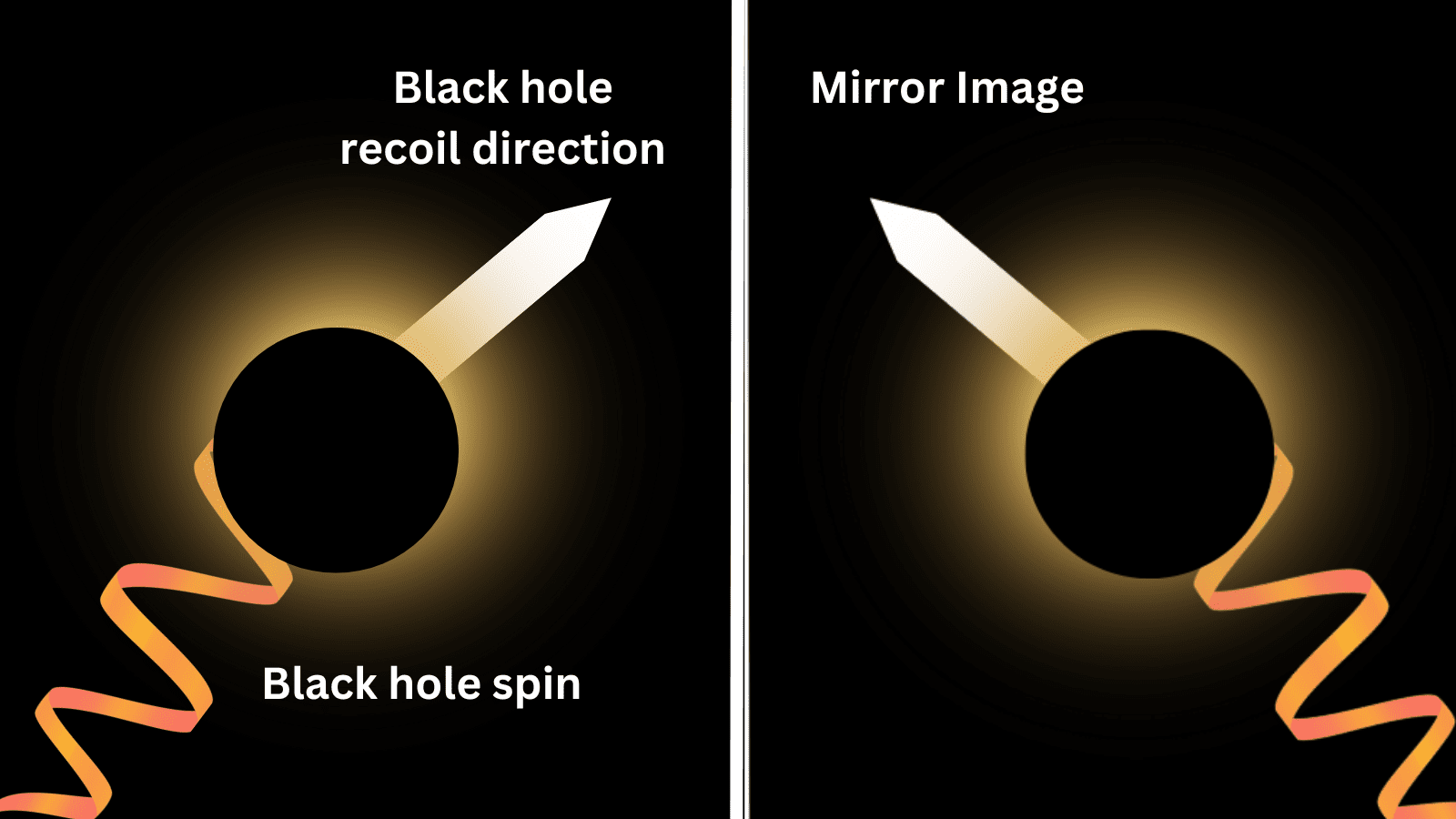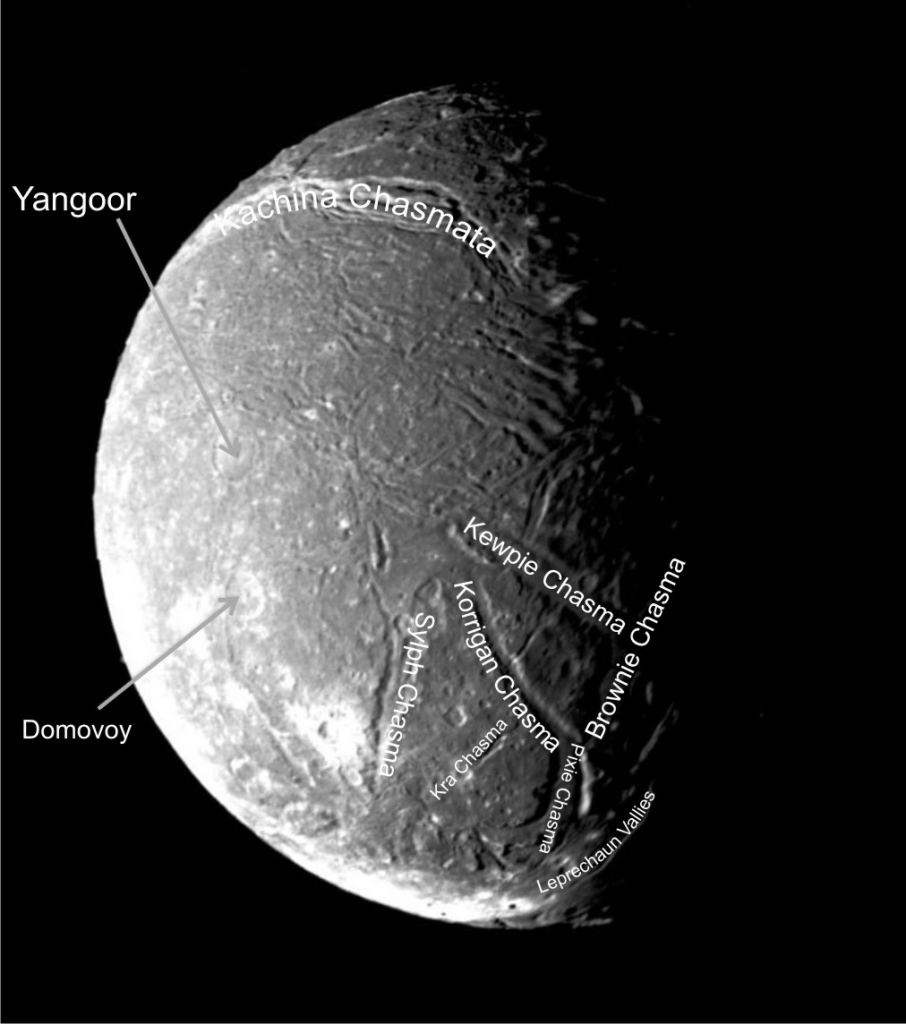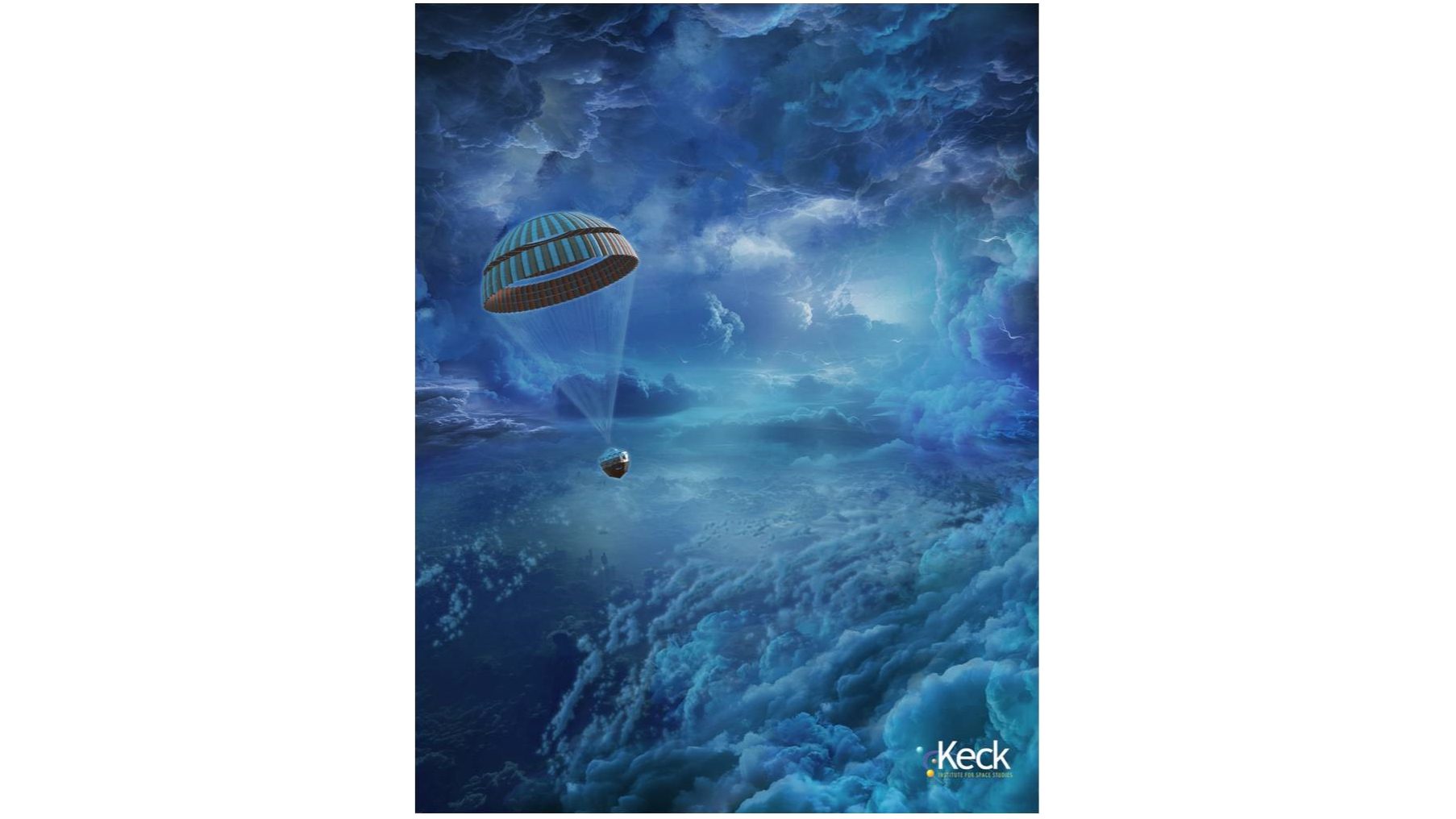Dancing turtles reveal how animals navigate magnetic fields
UNC-Chapel Hill researcher holding a juvenile loggerhead sea turtle. Credit: Ken Lohmann, UNC-Chapel Hill I can’t imagine what it would be like to sense a magnetic field. But a new study has presented the first evidence that loggerhead turtles (Caretta caretta) use magnetic fields as a compass to determine direction and also use it to … Read more




